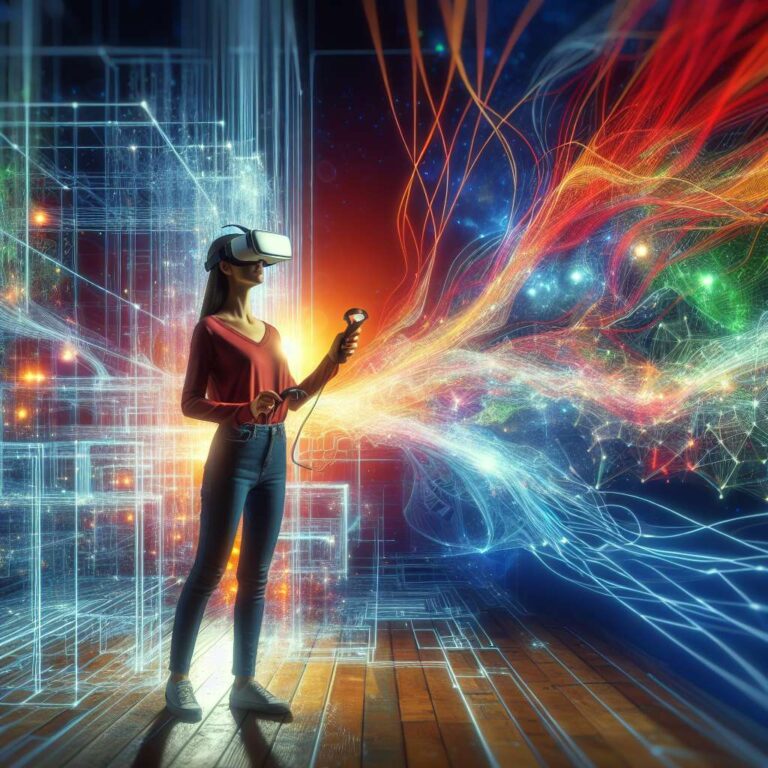The generative artificial intelligence in virtual reality market is experiencing robust growth, with market size rising from approximately ?.85 billion in 2024 to ?.12 billion in 2025, marking an impressive compound annual growth rate of 33.0%. This market surge is fueled by recent advancements in virtual reality hardware, a thriving gaming sector, expansion of social VR platforms, increased adoption of VR technology in education, and favorable government support. These factors have collectively contributed to a rapidly expanding ecosystem, setting the stage for dynamic future developments.
Projections indicate that the market will continue its ascendant trajectory, reaching an anticipated ?.88 billion by 2029 at a CAGR of 32.7%. The key drivers behind this exponential growth include a rising demand for highly personalized experiences, enhanced computational capabilities, growing awareness and deployment of VR technologies, and sustained investment in research and development. Emerging trends shaping the market include the advancement of variational auto-encoders, the integration of neuromorphic and quantum computing, development of lifelike immersive experiences, creation of sophisticated artificially intelligent non-player characters, and real-time world-building powered by generative artificial intelligence. These innovations are expected to redefine how users interact with virtual spaces across sectors.
Industry heavyweights such as Google, Microsoft, Meta, Siemens, NVIDIA, Qualcomm, Adobe, and Unity Technologies are leading the charge by expanding their portfolios and developing no-code, generative artificial intelligence-powered platforms to enable the rapid creation of immersive and interactive VR environments. The market is segmented by component (software and hardware), application (entertainment, gaming, healthcare, education, retail, manufacturing, and more), and end-user (enterprises and individuals). On the regional front, North America stands out as the dominant market, while other regions such as Asia-Pacific, Europe, South America, the Middle East, and Africa are also covered in depth. The competitive landscape highlights that companies are investing in user-centric and flexible solutions, propelling the sector’s shift toward more accessible and adaptive technology for a wider user base.
Within the software category, notable developments are taking place in artificial intelligence-driven VR content creation tools, simulation environments, training applications, user experience-enhancement solutions, and real-time rendering technologies. On the hardware side, the market encompasses artificial intelligence-enhanced VR headsets, motion controllers, haptic feedback devices, sensors, tracking systems, and VR processing units. This comprehensive outlook underscores the continued integration of artificial intelligence and VR, expanding across enterprise, education, entertainment, healthcare, and other verticals. The generative artificial intelligence in virtual reality market is thus positioned as a cornerstone for the next generation of interactive digital experiences.

